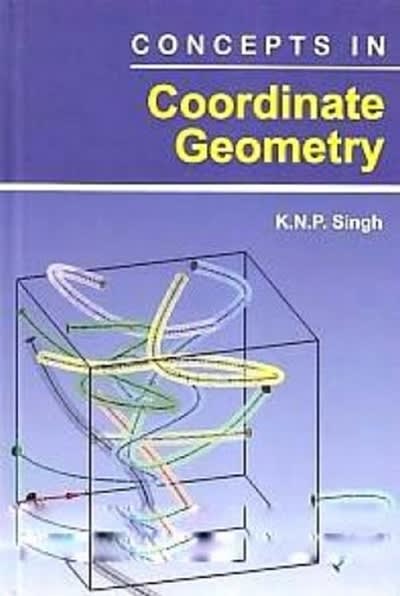Answered step by step
Verified Expert Solution
Question
1 Approved Answer
Page 1 of 3Please solve Math 2414 Name (Print): Spring 2022 A Normal Approximation Probabilities are all around us: . The probability (or likelihood) of

Page 1 of 3Please solve

Step by Step Solution
There are 3 Steps involved in it
Step: 1

Get Instant Access to Expert-Tailored Solutions
See step-by-step solutions with expert insights and AI powered tools for academic success
Step: 2

Step: 3

Ace Your Homework with AI
Get the answers you need in no time with our AI-driven, step-by-step assistance
Get Started


